Is AI content detection always accurate? How exactly does it work? These are all questions people should have answers to.
Recent advancements in artificial intelligence (AI) have led to the creation of incredibly realistic AI-generated content.
While this has opened up new possibilities in various industries, it also presents a challenge in distinguishing between human-generated and AI-generated content.
As an industry leading product, Undetectable.ai has proven that AI-content can indeed be virtually indistinguishable from human-written text.
But in this blog post, we will investigate the process of AI detection, exploring the techniques, AI content detector tools, strategies, and future developments related to undetectable AI content.
Evolving AI Detection Techniques
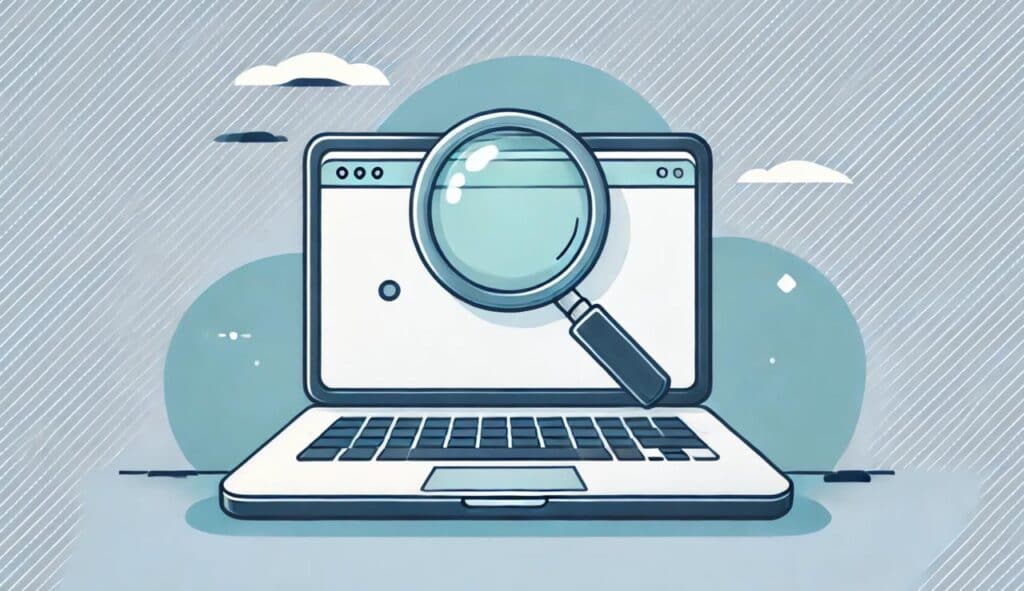
The concern for detecting AI-generated content is becoming more pronounced as the distinction between human and AI-created text starts to fade.
The rise of complex models like OpenAI’s GPT-3.5 and 4 has complicated the task of AI detection.
With the advancement in AI-generated content, our detection techniques need to keep pace.
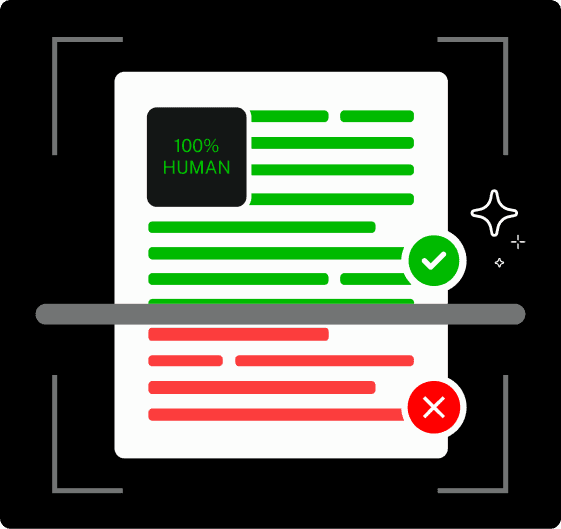
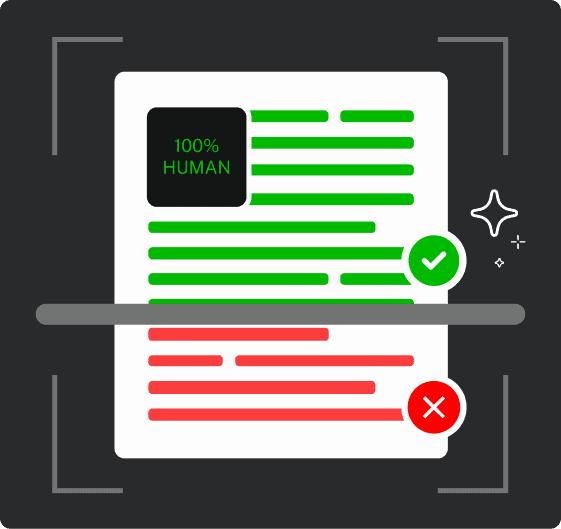
Never Worry About AI Detecting Your Texts Again. Undetectable AI Can Help You:
- Make your AI assisted writing appear human-like.
- Bypass all major AI detection tools with just one click.
- Use AI safely and confidently in school and work.
This includes the development of natural language processing (NLP) and machine learning algorithms to analyze and identify AI-generated text.
However, even with these methods, AI detection faces certain challenges, such as the need for large datasets for training and the possibility of false positives.
To address these limitations, AI content detector tools have been developed to improve the detection process and help users identify AI-generated content with greater accuracy and reliability.
Natural Language Processing
Natural Language Processing (NLP) significantly aids AI content detection by scrutinizing linguistic patterns and structures.
By inspecting syntax, grammar, and semantics, NLP techniques are capable of revealing subtle disparities between human and AI-generated text.
However, the complexity of natural language and the increasingly sophisticated AI models make it challenging to achieve perfect detection accuracy.
For effective use of NLP in AI recognition, it’s a good idea to amalgamate it with other techniques like machine learning algorithms and cross-referencing sources.
Educating users on the potential risks of undetectable AI content, as well as of AI detection tools, and establishing guidelines and policies are also essential steps in protecting against AI-generated content.
Machine Learning Algorithms
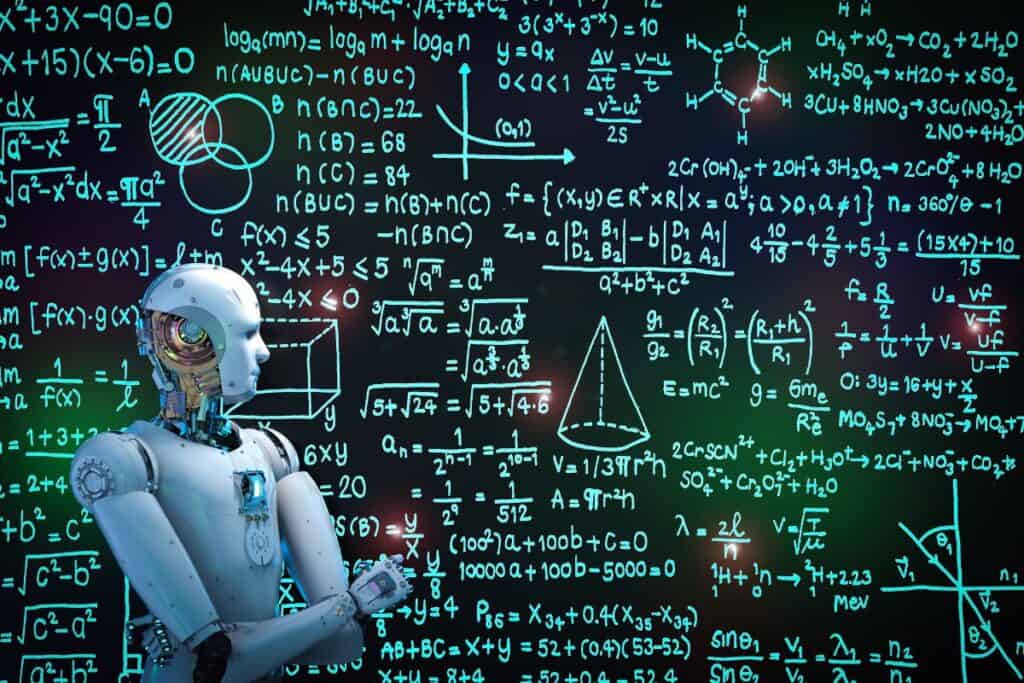
Machine learning algorithms play a vital role in the field of AI detection as they enable computer systems to learn from information and improve their ability to identify content generated by AI models.
These algorithms fall into different categories including supervised learning algorithms like linear regression and logistic regression as well as unsupervised learning algorithms such as decision trees and support vector machines (SVM).
Additionally, there are semi-supervised learning algorithms and reinforcement learning algorithms, but naive Bayes and k-nearest neighbors (KNN) are examples of supervised learning methods.
As AI generated content continues to advance in complexity and sophistication, it is essential for machine learning algorithms to adapt accordingly.
Training models with extensive datasets and adjusting them to identify emerging patterns in AI generated content are critically important in order to maintain accurate detection and keep pace with the rapidly evolving AI landscape.
Limitations and Challenges
Despite the advancements in AI detection techniques, there are still limitations and challenges that need to be addressed.
A limited understanding of context can result in erroneous detections, such as false positives or false negatives.
Ethical considerations, including privacy, accuracy, and potential misuse of AI detection tools, must also be taken into account.
Further, AI detection techniques can be susceptible to attacks and may be circumvented by heavily modified AI-generated content.
It should also be taken into consideration that some AI-content-detectors can produce false results against people.
These challenges highlight the need for constant innovation and development of more advanced AI detection methods and tools, as well as collaboration among AI developers, researchers, and users to improve detection capabilities and address these limitations.
How Undetectable AI Bypasses Detection
The Undetectable.ai website allows users to detect AI content, and also humanize AI content.
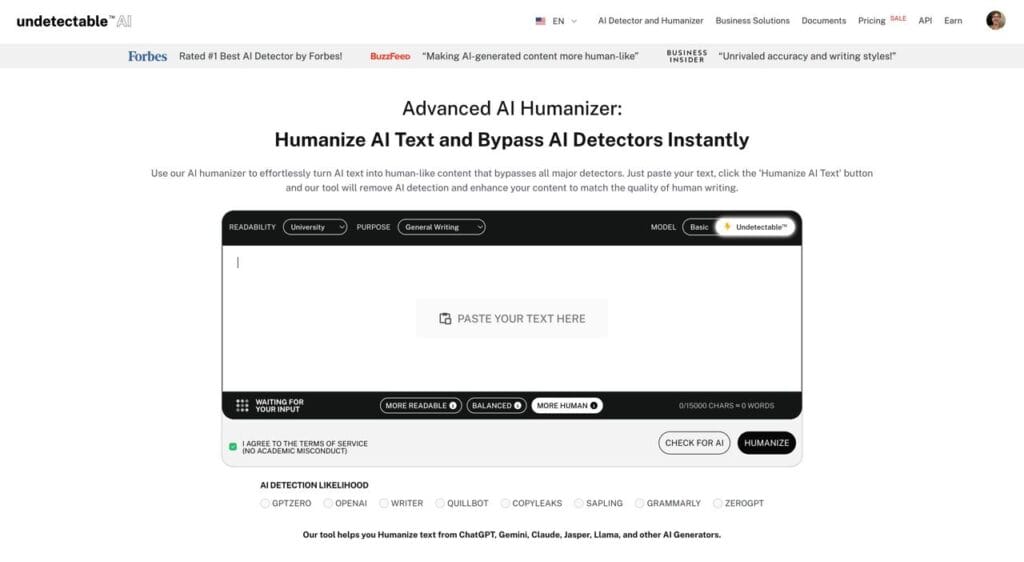
This works by rewriting the text the way a human would, so that AI content detection tools can’t tell it’s AI.
This is a prime example of a challenge that most AI content detector tools face.
If AI detectors can be wrong against AI, can they ever be wrong against a human? Many experts and anecdotal evidence suggest the answer is yes.
While many AI detector tools are paid, Undetectable.ai provides a free AI detector on the website, and it works by combining multiple detection models into one.
It’s best to consider multiple detector sources before drawing conclusions.
Strategies for Detecting ChatGPT

To effectively detect ChatGPT or AI-generated content, a combination of strategies is required.
These strategies include analyzing writing patterns, cross-referencing sources, and fostering collaborative efforts among AI developers, researchers, and users.
By utilizing a variety of approaches, we can enhance our ability to identify AI-generated content, as well as AI written content.
With AI-generated content becoming more sophisticated and challenging to detect, it’s vital to persistently modernize and fine-tune these strategies.
Doing so will help us stay ahead of the curve and maintain our ability to distinguish between human-generated and AI-generated content effectively.
Analyzing Writing Patterns
Analyzing writing patterns is one of the primary strategies for detecting AI-generated content.
AI-generated text often exhibits certain characteristics, such as repetitive phrasing, correct yet unvaried grammar, and robotic language and tone.
By examining these patterns, we can identify inconsistencies and anomalies that may indicate the content was generated by AI rather than a human.
However, it is important to keep in mind that AI models are continually improving, and their writing patterns may become increasingly similar to human writing.
As a result, regular updates to detection algorithms and techniques are necessary to ensure accurate identification of AI-generated content.
Cross-Referencing Sources
Another crucial strategy in detecting AI-generated content is cross-referencing sources.
By comparing information from multiple reliable sources, we can try to evaluate the accuracy and credibility of the material.
This process not only helps in identifying AI-generated text but also ensures that the content we consume is accurate and trustworthy.
Numerous tools are available for cross-referencing, such as Perplexity.ai, Crossplag, and the Undetectable AI Content Detector.
However, its important to be mindful of potential biases in the sources used and the difficulty of verifying the accuracy of content.
Regularly updating the tools and utilizing multiple sources can help mitigate these drawbacks and improve detection capabilities.
Be careful not to only rely on one limited AI-detector, always check multiple sources.
Collaborative Efforts
Cooperation among AI developers, researchers, and users significantly contributes to the enhancement of AI detection methods.
By working together and sharing expertise, these stakeholders can develop more advanced detection techniques, increase accuracy, and foster innovation in AI content detection.
Collaborative efforts, however, can face challenges, such as the need for mutual trust, effective communication, and a unified objective.
Overcoming these challenges is essential for enhancing AI detection capabilities and ensuring that AI-generated content is promptly and accurately identified and addressed.
AI Detectors: Features and Capabilities
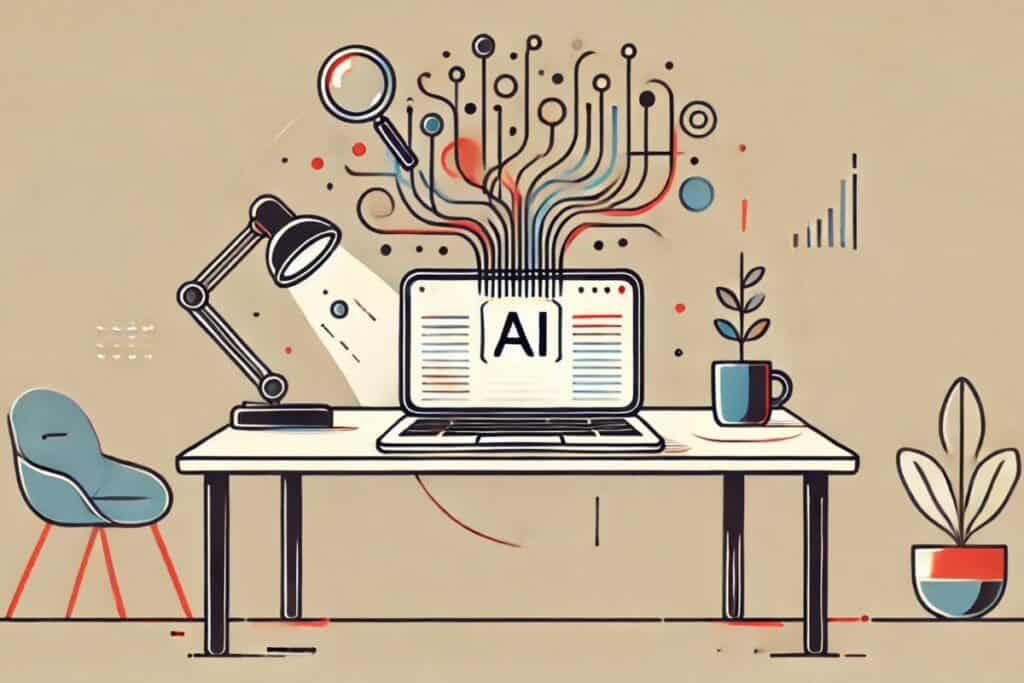
AI detectors come in multiple forms, each offering a diverse set of features and capabilities for identifying AI-generated content.
These detectors may be free or premium, offer APIs for integration, and provide a range of additional features to assist users in detecting AI-generated content.
By selecting the appropriate AI detector, users can effectively identify and protect against AI-generated content and maintain content authenticity.
Choosing an AI detector that aligns with individual needs and requirements is of utmost importance.
Factors to consider include the accuracy of the detector, the ease of use, and the specific features offered by the AI detector tool.
Free AI Detectors
Free AI detectors, including the versatile free AI checker, provide users with a cost-effective solution to identify AI-generated content without incurring additional expenses.
These tools, such as the free Undetectable AI ChatGPT checker, offer a range of features including AI content detection and plagiarism checking, making them a valuable AI writing tool.
While they may not be as comprehensive or accurate as premium options, free AI detectors can still offer a valuable resource for users seeking to verify content authenticity.
It is important to remember that free AI detectors may have limitations in terms of accuracy and functionality compared to premium alternatives.
However, they can still serve as a useful starting point for those looking to protect against AI-generated content without a significant investment.
Premium AI Detectors
Premium AI detectors offer more advanced detection capabilities and often provide greater accuracy in identifying AI-generated content.
These tools, such as GPTZero, claim to come equipped with a comprehensive set of features and that deliver more reliable results for users seeking to ensure the authenticity of their content.
One such tool is the Copyleaks AI content detector, which has proven to sometimes be effective in identifying AI-generated content.
Another popular paid AI detector tool is Crossplag.
While premium AI detectors may require an investment, the benefits they offer in terms of improved detection abilities and additional features can make them a valuable resource for users who require more advanced and reliable AI content detection.
AI Detector APIs
AI detector APIs allow users to integrate AI detection capabilities, such as an ai detection model, into their existing tools and platforms.
By leveraging these APIs, developers can incorporate advanced artificial intelligence functionality into their applications, helping to identify AI-generated content with greater ease and efficiency.
GPTZero, for example, is an AI detector API that is used by more than 100 organizations across various industries, including:
Education
Hiring
Publishing
Legal
By utilizing AI detector APIs, organizations could potentially enhance their capabilities for detecting AI-generated content and better protect against the risks associated with undetectable AI content.
The Future of AI Detection
Our methods and strategies for detecting AI-generated content will need to evolve in line with the progression in AI-generated content.
Significant progress is being made in machine learning, natural language processing, and facial recognition, all of which can enhance AI detection capabilities.
Blockchain technology could also be leveraged to improve AI detection by providing secure storage and sharing of data, as well as creating immutable records of transactions.
However, as the techniques for AI detection progress, it’s important to address ethical considerations like privacy, accuracy, and potential misuse of AI detection tools.
Balancing these concerns with the need for effective AI detection will be a critical challenge as we move forward in the AI landscape.
Advances in AI Models
The creation of more sophisticated AI models greatly influences AI detection techniques and capabilities.
As AI models become more sophisticated, they can generate content that is increasingly difficult to distinguish from human writing.
This, in turn, requires our detection methods to evolve and adapt to these new challenges.
Deep learning algorithms are being utilized to create more intricate AI models that are capable of better understanding and processing data.
As these models continue to improve, AI detection techniques must also advance to keep up with the pace of AI-generated content.
Role of Blockchain Technology
Blockchain technology holds great promise in enhancing AI detection and guaranteeing content authenticity.
By providing secure storage and sharing of data, blockchain technology can enhance AI detection capabilities and help identify and respond to risks associated with AI-generated content.
Further, the combination of AI and blockchain technology can yield additional benefits, such as enhanced blockchain analytics, improved detection of suspicious transactions, and increased transparency, energy, and data regulation.
As the technology continues to develop, its integration with AI detection methods will likely evolve to play a crucial role in the future of content authenticity and security.
Ethical Considerations
AI detection brings forth several ethical considerations, encompassing privacy and security concerns.
When utilizing AI detection, it is imperative to balance the need for effective detection with the potential risks to user privacy and the possibility of data misuse.
To address these ethical concerns, organizations must develop guidelines and policies that protect user privacy while allowing for effective AI content detection.
This includes ensuring that AI-generated content is not used to spread misinformation or manipulate public opinion, as well as avoiding committing fraud with such content.
Best Practices for Protecting Against Undetectable AI Content

To identify undetectable AI content, organizations can try to utilize a blend of strategies, which encompass educating users, deploying AI detection methods, and setting up guidelines and policies.
By taking a proactive approach to AI content detection, organizations can ensure the authenticity and credibility of the information they publish and consume.
Continually refreshing detection algorithms, educating content moderators, and setting content authenticity standards are also crucial steps toward tackling the challenges brought about by AI-generated content.
Through a combination of these best practices, organizations can effectively safeguard against undetectable AI content and maintain content integrity.
Educating Users
Imparting knowledge to users about the risks associated with AI-generated content and the ways to identify it plays a significant role in safeguarding against undetectable AI content.
Providing educational materials, launching awareness campaigns, and organizing training sessions can help users become more informed about the potential dangers of AI-generated content and how to recognize it.
By fostering awareness and critical thinking, organizations can empower users to make informed decisions about the content they consume.
This, in turn, helps to preserve trust and integrity in the face of the growing prevalence of AI-generated content.
Implementing AI Detection Tools
Another strategy being used for safeguarding against AI-generated content is employing AI detection tools.
These tools, such as undetectable.ai, copyleaks, and GPTZero, offer a range of features that can help users identify AI-generated content and maintain content authenticity.
It is important to continuously update and double check these tools and incorporate the latest advancements in AI detection techniques.
By doing so, organizations can ensure that their detection capabilities remain effective and up-to-date in the face of rapidly evolving AI-generated content.
Establishing Guidelines and Policies
Lastly, setting up guidelines and policies to combat the challenges presented by AI-generated content is essential to uphold content authenticity and foster transparency and accountability. This includes:
Devising policies that specify the acceptable use of AI-generated content
Providing instruction on how to recognize AI-generated content
Working together with other organizations to exchange best practices
By establishing and enforcing these guidelines and policies, organizations can demonstrate their commitment to content authenticity and ensure that AI-generated content is accurately identified and removed.
Frequently Asked Questions About AI Detection
Which AI tool is undetectable?
Undetectable.ai is a platform that makes AI-generated content undetectable, allowing it to sound like human-written content.
It features a proprietary “Text humanizer” and free AI content detector. The Text Humanizer is a tool that can be used to make AI-generated content sound more natural and human-like. It uses natural language processing and machine learning to analyze the text and make subtle changes to make it sound more human.
How do I make AI writing undetectable?
To make AI writing undetectable, employ a variety of techniques such as using Undetectable.ai to rewrite the content, asking ChatGPT to sound human, and rephrasing the content with Quillbot. Additionally, adjust the syntax and vocabulary of the writing for further obscurity.
Can AI content be detected?
Yes, AI content can be detected by Google and AI content detector tools. To ensure they don’t get penalized, content creators should use AI tools judiciously and apply their experience and creativity.
What are some common characteristics of AI-generated content?
AI-generated content often features a repetitive phrasing, accurate grammar, and a robotic tone, making it appear less natural than human-written content.
How can Natural Language Processing (NLP) be used in AI content detection?
Natural Language Processing (NLP) can be used to detect AI-generated content by analyzing linguistic patterns and structures which differ from those of human-generated content. This ensures that any text generated by an AI system can be quickly identified.
What is the best free AI detector
Undetectable.ai offers one of the best AI detectors that combines 7+ AI detection models in one place. The tool is completely free to use and supports over 50+ languages.
